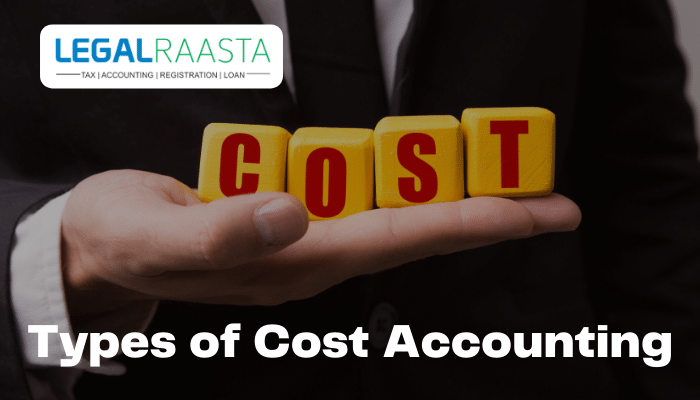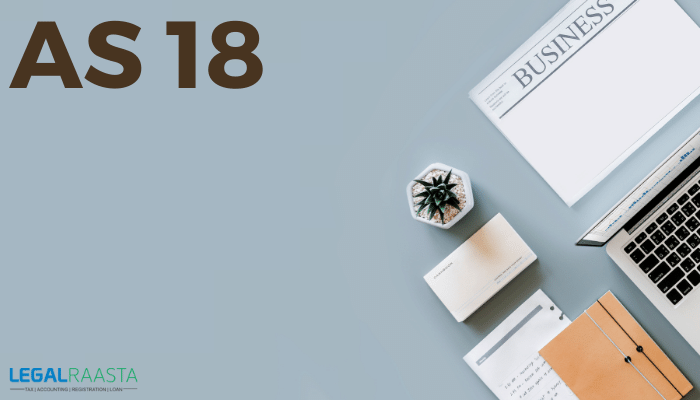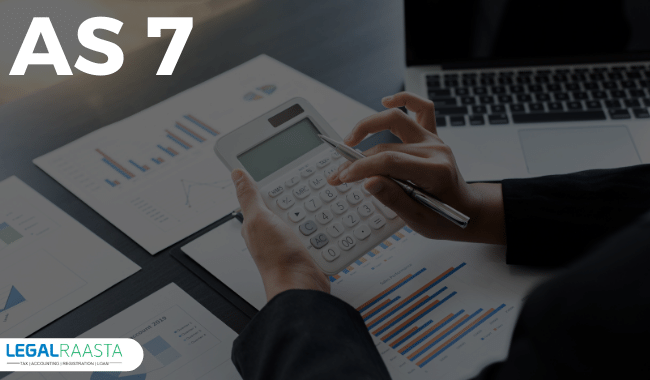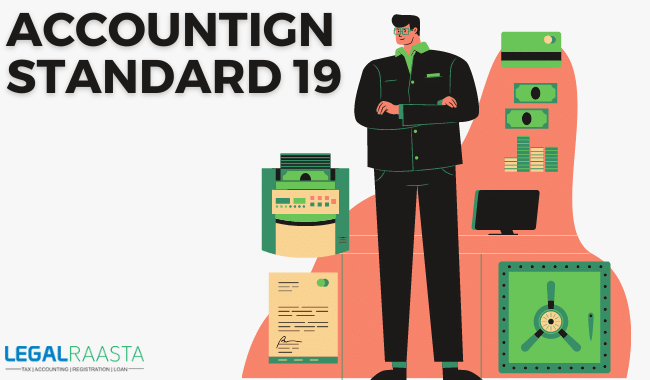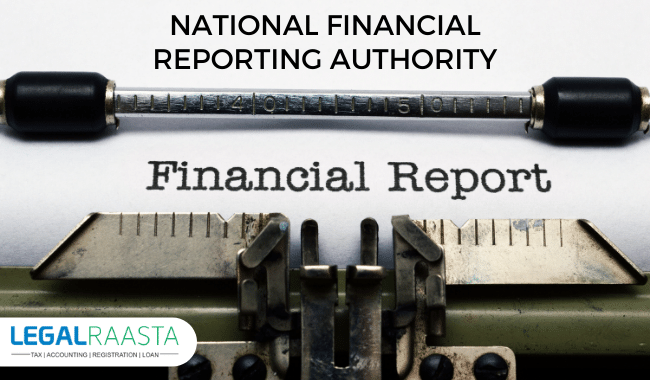Depreciation: Why is it important for business accounting?
What is depreciation ?
Depreciation is one of the
Accounting Methods to distribute the cost of a fixed asset over it's assumed useful life. So instead of deducting the total cost as an expense in the year of purchase, this business expense is divided into smaller portions and allocated over its life. In this way, an organization can recover the cost of an asset that will be of use over a longer period. And write off the expense systematically, without a major effect on the annual profits.
A decrease in value is estimated by Accounting, based on the information regarding the useful life of the asset. The value of any asset declines through wear & tear, market conditions, a new model in the market with better productivity, etc. The depreciation of long-term assets is used for Tax and
Bookkeeping and Accounting purposes.
These fixed assets include any tangible asset, from machinery or equipment, plant, furniture or even building. It
cannot include, however, real estate or land. As the value of this asset only increases with time.
Factors required to calculate depreciation
The main elements required before calculating depreciation are:
1. Date placed in service - The date when the asset is put into use for the organization. It is easy to establish if the usage starts immediately upon acquisition. However, sometimes, an asset has already been in usage without being added in the fixed asset section of accounts, In such a case, it gets difficult to determine the date of placing in service. But it would still be important to do so.
Usually, buildings and other second-hand furniture are an example.
2. Acquisition value - The cost of the asset, inclusive of any taxes, shipping, and setup expenses. They are commonly recorded at their historical cost. But those assets that existed before being included in the fixed assets section, you may need to research its historical cost. For a high valued asset, you may want to go for a formal appraisal, for estimating its historical cost. Else you would have to estimate its cost based on a similar one.
3. Salvage value - Or the residual value. The value at the end of an asset's useful life is known as the salvage value. The usage, wear, tear, and new innovations, invariably reduce the cost of the asset. Once the asset stops being useful for the business, the company could dispose it off at a reduced amount.
4. Estimated useful life - The number of years, the asset would be productive for your business. In other words, an estimate is made of the time period during which the asset will retain its usefulness. Afterward, that asset may no longer be operational or be cost-effective to the operations.
5. Depreciation method - How the asset will be written off against the profits, during the course of its useful life, There are few different methods that are used to calculate depreciation. We'll discuss the ones that are generally used, in the segment below.
When that asset is sold, both its cost and its accumulated depreciation will be removed from the
Accounting services. If the Salvage Value received is more than the book value, a profit will be recorded. If less, then a loss is recorded.
Methods to Calculate Depreciation
As a business owner, you want to finish the year with an impressive figure of gains. And for any business, an asset starts depreciating in value as soon as it is acquired or purchased. Certain depreciation methods also allow for help with taxes. Below are a few methods explained under the Generally Accepted Accounting Principles, or GAAP.
Straight Line Depreciation Method
This is the simplest method to calculate. You need to simply deduct the salvage value from the cost of the asset. This difference is the lost value or the total depreciation amount that has to be adjusted. Now divide this amount by the number of years in the estimated life. This amount is the annual depreciation expense.
Annual Depreciation expense = (Acquisition Value – Salvage Value) / Estimated Useful life of the asset.
Example – You have purchased a piece of machinery for Rs. 10,00,000. The useful life of the machinery is estimated to be 5 years. The salvage cost is expected to be Rs. 1,00,000.
Annual Depreciation expense= (10,00,000-1,00,000) / 5 = Rs. 1,80,000
So you take Rs. 1,80,000 as the depreciation expense annually over the next ten years.
| Time |
Depreciation Expense |
Value of the Asset |
| Purchase |
- |
10,00,000 |
| Year 1 |
1,80,000 |
8,20,000 |
| Year 2 |
1,80,000 |
6,40,000 |
| Year 3 |
1,80,000 |
4,60,000 |
| Year 4 |
1,80,000 |
2,80,000 |
| Year 5 |
1,80,000 |
1,00,000 = Residual Value |
Usefulness: A Basic method resulting in fewer errors. Especially suitable for depreciating those assets that give similar economic benefits throughout their life (e.g. buildings). Or when the economic benefits are difficult to determine.
Written Down Value (WDV) Method
A method of Reducing Balance, WDV is most commonly used. In the WDV method, the depreciation decreases with time. Any asset works more efficiently in initial years than later.
In this method, depreciation is taken at the book value of the asset. This book value gets decreased each year by the depreciation.
Therefore, this method is considered quite logical and is recognized by the Act. Except for those businesses that are engaged in Power Generation and/or Power Distribution.
| Time |
Depreciation Expense |
Value of the Asset |
| Purchase |
- |
10,00,000 |
| Year 1 |
1,80,000 |
8,20,000 |
| Year 2 |
1,47,600 |
6,72,400 |
| Year 3 |
1,21,032 |
5,51,368 |
| Year 4 |
99,246.24 |
4,52,121.76 |
| Year 5 |
81,381.91 |
3,70,739.85 |
Unit of production method
Under this method, every unit produced is allocated an equal depreciation expense. In other words, the calculation is based on the productivity of the asset rather than the useful life. It is most useful for assembly line production units.
It is calculated in 2 steps. First, the Residual Value is reduced from the Asset Cost. The amount is divided by the number of units expected to be produced during its useful life. The calculated amount is Per Unit Depreciation. This is multiplied by the number of units produced during a financial year. So the Total Depreciation Expense for that FY year is taken into
Bookkeeping and Accounting.
Per unit Depreciation = (Acquisition Val - Salvage value) / Estimated units that will be produced during its Useful Life
Total Depreciation Expense for the financial year (FY) = Per Unit Depreciation x Units Produced during that year
Example: Taking the above example of machinery purchased at Rs 10,00,000. The Estimated units that will be produced during its life is 20,00,000 pcs. The Salvage Value expected is Rs. 1,00,000. During this FY, 80,000 pcs were produced.
Step 1: Per unit Depreciation = (10,00,000-1,00,000)/20,00,000 = Re. 0.45.
Step 2: Total Depreciation expense for this year = Re. 0.45 x 80,000 pcs = Rs. 36,000.
You need to account this year a Total Depreciation Expense of Rs. 36,000.
| Time |
Depreciation Expense |
Value of the Asset |
| Purchase |
- |
10,00,000 |
| Year 1 |
36,000 |
9,64,000 |
Usefulness: Works best for the fixed assets that depreciate in proportion to units of activity rather than with time.
Declining Balance method
A type of Accelerated Depreciation Method. This can be adjusted for depreciation purposes, considering what type of asset and its usage is. It is used to write off depreciation faster and minimize tax exposure. Under this method, the depreciation is calculated at a decreasing rate over the scheduled life.
It is a common method because the productivity of any asset reduces with time. It also helps you in making a larger gain at the time of salvage.
One of the examples of this is
Double-Declining Balance method.
Under this, the percentage calculated under the Straight Line method, is doubled. Every year, this same percentage is applied to the Asset Value remaining at the start of that year.
Depreciation = 2 x percentage calculated under the Straight Line Method x Book Value of the Asset at the beginning of the FY
(Here Book value = Value of the Asset at the beginning of FY – Depreciation)
To take the above example of purchasing machinery at Rs. 10,00,000 and salvage value of Rs. 1,00,000. Under the straight-line method, the depreciation percentage was 18%. Double that percentage to 36%. So the machinery would be depreciated as below:
| Time |
Depreciation Expense |
Value of the Asset |
| Purchase |
- |
10,00,000 |
| Year 1 |
3,60,000 |
6,40,000 |
| Year 2 |
2,30,400 |
4,09,600 |
| Year 3 |
1,47,456 |
2,62,144 |
| Year 4 |
94,371.84 |
1,67,772.16 |
| Year 5 |
60,397.98 |
1,07,374.18 |
The figures were not rounded off to the nearest rupee as you would normally do while
Bookkeeping and Accounting, for better understanding.
You may also use
the 150% Declining balance method in another version of this method. That takes not double, but 1.5 times the percentage of the straight-line value.
Usefulness: Appropriate when productivity declines over its useful life (e.g. vehicles).
Sum-of-the-years’ digits (SDY)
This has a middle approach. Under this the depreciation rate accelerates more than the straight-line method, but less than the declining balance method. Annual depreciation is separated into fractions, using the number of years of the business asset's useful life.
So our asset, with a useful life of 5 years, will have a sum-of-the-years value of 15 (i.e. 5 + 4 + 3 + 2 + 1). Book Value at the beginning of the first FY will be depreciated by 5/15. the second year the factor would be Book Valu at the beginning x 4/15. And so on.
| Time |
Depreciation Expense |
Value of the Asset |
| Purchase |
- |
10,00,000 |
| Year 1 |
3,33,333 |
6,66,667 |
| Year 2 |
1,77,777 |
4,88,890 |
| Year 3 |
97,778 |
3,91,112 |
| Year 4 |
52,148 |
3,38,963 |
| Year 5 |
22,597 |
3,16,366 |
Usefulness: IT equipment that may become obsolete within 2-3 years of purchase. A major part of it would have already been depreciated.
Conditions to Claim Depreciation Expense
Depreciation is mandatory from A.Y. 2002-03. It is allowed or deemed to be allowed whether the claim has been made in the profit & loss account or not. It helps to
Simplify Accounting in Your Small Business. Though there are few methods available, only Written Down Value (WDV) Method is recognized as
Depreciation under Companies act 2013.
- The assessee must own the asset, wholly or partially.
- The asset has actually been used for the purpose of business of the assessee. If not exclusively, then depreciation allowable would be proportionate to its use for business purpose.
- Joint owners can claim depreciation to the extent they own it.
- Not allowed on the cost of land.
However, when the above conditions are not fulfilled, depreciation shall not be allowed.
Necessity of Depreciation
If the asset is not depreciated, then the complete value will be debited in your P&L account in the year of purchase. Invariably, it will result in a huge loss in the purchase year. Whereas, subsequent years will show good profits, with no offset charges. In order that the right profits are recorded, companies record depreciation.
Over the useful life of the asset, its cost is moved from balance sheet to income statement, in a gradual allocation.
- Save Income Tax: If depreciation expense is not taken into Bookkeeping, your profit and loss account will show more profits. And you would need to pay more income tax to the government
- Asset Evaluation: The asset is shown in the balance sheet, at their true and fair values. The financial position of your business will come out true and more correct.
- True Profits: This expense is a revenue expense. Unless it is debited to your P&L account, the correct amount of profit or loss cannot be calculated.
- Asset Replacement: Depreciation Fund is a source of fund for replacing the used and obsolete asset by a new one.
- Sale of Business: This fund amount in the balance sheet helps as a reminder of the best time to reinvest in assets. And one of the Factors considered by Venture Capitalists & investors is when they would need replacement assets that will affect their future income.
You can connect with us and breath easy, by using our
Accounting services. It will ensure more accurate depreciation calculations. You can create professional invoices, track expenses and calculate taxes even if you have no previous accounting knowledge. It will help you manage your budgeting, forecasting efficiently. We at
LegalRaasta are devoted to providing best and beneficial legal advice. You can drop a mail at
contact@legalraasta.com or call us at
+91 8750008585.
Also Read:
OLTAS: Online Tax Accounting System in India
4 Tax Myths Every Creative Freelancer Need to Bust
Payment of Dividend under Companies Act 2013



